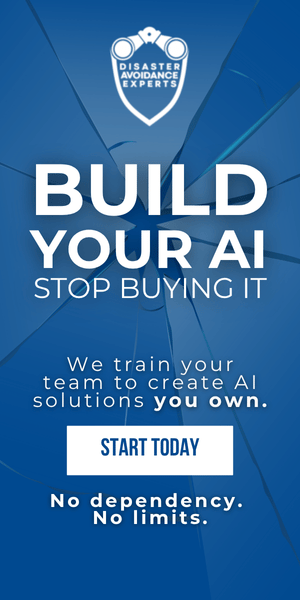Organizations have undoubtedly faced their own obstacles and pivoted from their regular practices while trying to operate in a pandemic-ridden society. But once it’s over, what can we expect from the workplace?
For starters, remote working is not going anywhere. Now that organizations large and small understand that operations can continue with workers remaining at home, working in an office will become less popular.
However, with this transition in mind, companies need to have the infrastructure that supports remote working. This means chief information officers will need to branch their security protocols beyond the walls of a single office. Employees will have to be equipped with tools that create a secure home office.
In addition to this, companies are also in the midst of adopting a digitally-fueled workforce. Many businesses were not prepared for the current shift due to a lack of digital infrastructure and technology. Tools, such as the cloud for data storage and artificial intelligence in place of menial tasks, will be crucial in the coming months of a remote workforce.
With clearer business continuity and disaster recovery plans being created, such technology will be essential for the foreseeable future.
CIOs will play a bigger role than ever before as the world transitions to a largely distributed workforce.


 Dr. Gleb Tsipursky – The Office Whisperer
Dr. Gleb Tsipursky – The Office Whisperer Nirit Cohen – WorkFutures
Nirit Cohen – WorkFutures Angela Howard – Culture Expert
Angela Howard – Culture Expert Drew Jones – Design & Innovation
Drew Jones – Design & Innovation Jonathan Price – CRE & Flex Expert
Jonathan Price – CRE & Flex Expert










